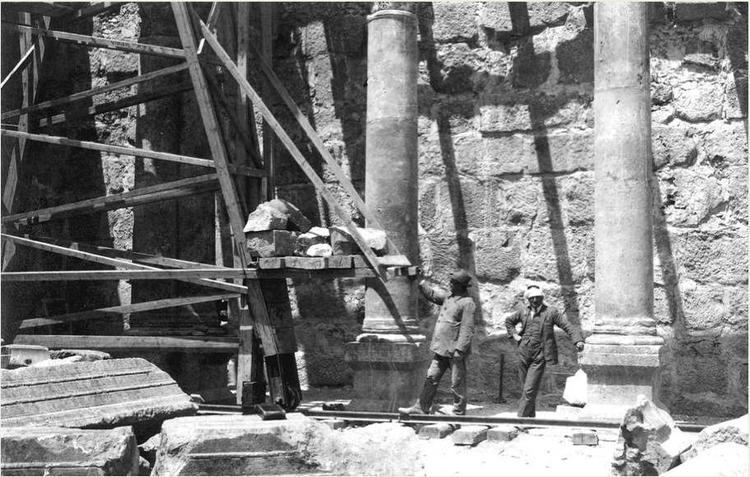Name Heinrich Kohl | ||
 | ||
Heinrich Kohl (4 May 1877, Kreuznach – 26 September 1914, Moronvilliers) was a German architectural historian and archaeologist.
He took classes in architecture at the technical universities in Munich, Dresden and Berlin. In 1902 he passed the first state examination for Regierungsbaufuhrer, then later passed the second state examination for attaining "government architect" status (1907). Within this time frame he attended lectures on archaeology at the University of Freiburg (1904). In May 1914 he obtained his habilitation in architectural history from the Technical University of Hannover.
In 1902-1904, under the guidance of Otto Puchstein and Bruno Schulz, he took part in the excavation at Baalbek. In the summer of 1905, along with Carl Watzinger, he investigated the synagogue ruins in Palestine (Galilee). In the summer of 1907, with Puchstein, he performed excavatory work of the ancient Hittite capital of Hattusa (Asia Minor). In November 1907, he studied the ruins of Qasr al-Bint Firaun at Petra.
During World War I, as an Oberleutnant assigned to the Saxon Reserve Infantry Regiment (Sachsischen Reserve-Infanterieregiments), he was killed on 26 September 1914 at Moronvilliers, a French village not far from Reims.
